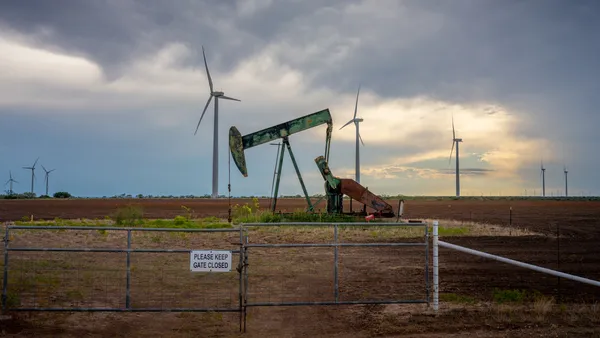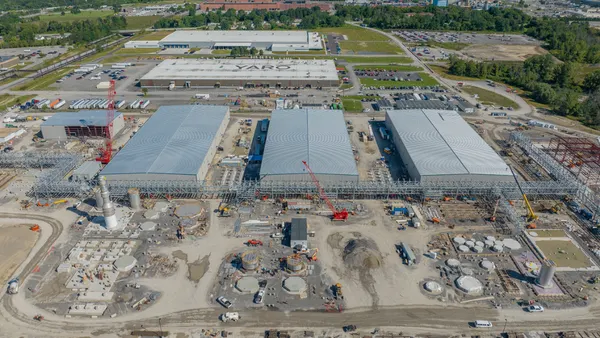Dive Brief:
- Five major fashion brands have improved their greenhouse gas emission reduction targets, but as a group, they’re still “significantly off track” for meeting international climate goals, according to the 2025 Corporate Climate Responsibility Monitor.
- Adidas, Zara parent company Inditex and H&M now have 2030 goals aligned with the Paris Agreement, a global treaty that seeks to limit global warming to 1.5 degrees Celsius, or about 2.7 degrees Fahrenheit, above pre-industrial levels. However, Lululemon’s plan to reduce emissions could still allow for overall increases, the report said.
- Shein’s plan to reduce emissions by 25% by 2030 would allow the fast fashion company’s emissions to more than double compared to 2021, per the report.
Dive Insight:
Despite improved targets in some cases, “limited transparency on implementation plans, reliance on false solutions and a lack of commitment to move beyond fast fashion undermine” the credibility of those targets, said the report, which called for transitioning to electricity from renewable sources throughout supply chains, as well as increased regulation.
The report is part of the annual Corporate Climate Responsibility Monitor, written by nonprofits NewClimate institute and Carbon Market Watch. The five fashion companies whose climate targets were analyzed for this research, Adidas, H&M, Inditex, Lululemon, and Shein, were worth a combined $123 billion in annual revenue in 2023, according to an accompanying press release.
H&M’s and Inditex’s greenhouse gas emission reduction targets were rated as “high integrity, while Adidas’s targets were deemed reasonable, an improvement from the company’s “poor integrity” ratings last year. Both H&M’s and Adidas’s emissions have decreased in recent years, according to the report, but Inditex has not reduced emissions. Lululemon’s emissions have plateaued, while Shein’s have “increased significantly.”
The majority of emissions come from garment manufacturing, so “electrification, powered by high-quality renewable energy, is the most viable and scalable solution to decarbonising fashion companies’ supply chains,” Eve Fraser of NewClimate Institute, one of the study’s authors, said in a press release.
H&M still largely relies on fossil gas, as well as biomass, which is a fuel made from organic matter derived from plants and animals, according to the report. Notably, biomass is not emissions free, and farming biofuels can lead to deforestation and clearing of land that otherwise captures large amounts of carbon.
“We see electrification of our supply chain as the most sustainable option in the long-term,” a spokesperson for H&M told ESG Dive’s sister publication Fashion Dive in an email.
The spokesperson added that “biomass [has] a temporary role to play” in areas where electrification is not currently possible, and that H&M works with suppliers to source biomass with the “lowest risk of adverse impact.”
The report urged companies to turn to “electrified, low-temperature technologies” to replace energy-intensive methods for dyeing, washing and drying fabrics.
While all five companies mentioned in the report have set targets for the use of “preferred fibers,” meaning materials with a smaller environmental impact, such materials don’t always reduce emissions and are not a sufficient solution, per the report.
The report also called for regulators to mandate production volume reporting and reduction targets, as well as prohibit the destruction of unsold and returned inventory so that companies are pressured to “address the upstream root cause: excessive production.”











